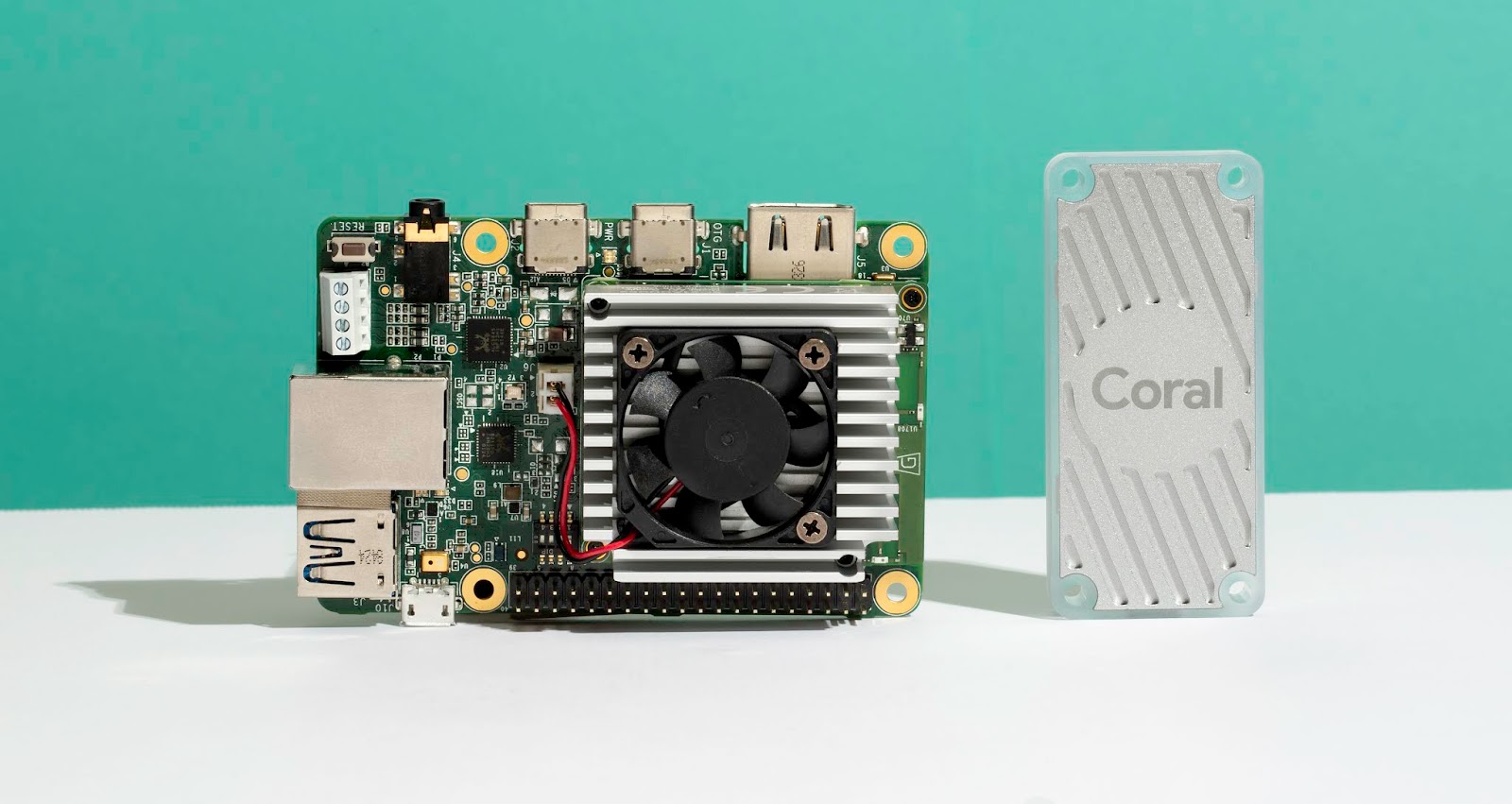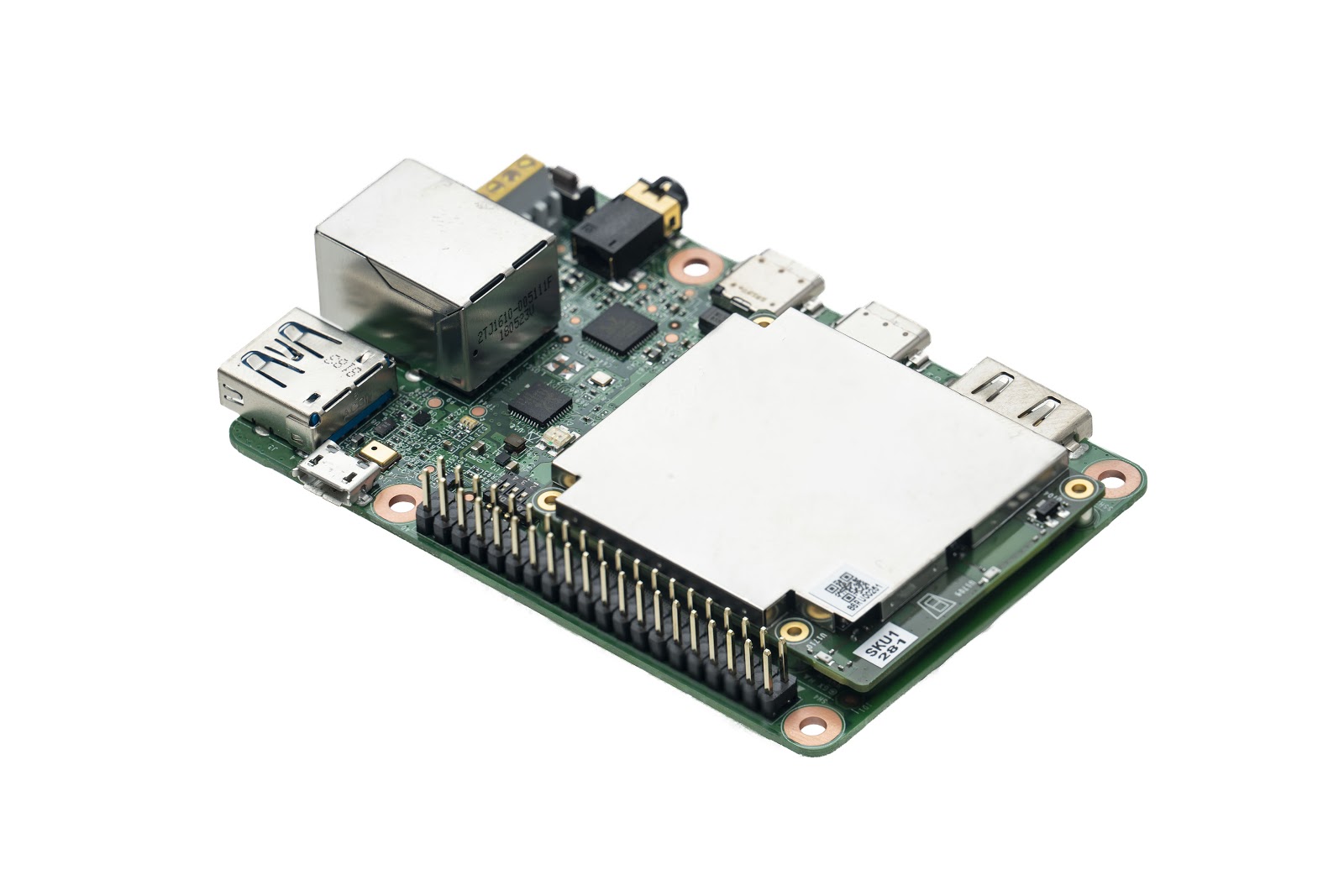A core challenge in machine learning (ML) is to build agents that can navigate complex human environments in response to spoken or written commands. While today’s agents, including robots, can often navigate complicated environments, they cannot yet understand navigation goals expressed in natural language, such as, “Go past the brown double doors that are closed to your right and stand behind the chair at the head of the table.”
This challenge, referred to as vision-and-language navigation (VLN), demands a sophisticated understanding of spatial language. For example, the ability to identify the position “behind the chair at the head of the table” requires finding the table, identifying which part of the table is considered to be the “head”, finding the chair closest to the head, identifying the area behind this chair and so on. While people can follow these instructions easily, these challenges cannot be easily solved with current ML-based methods, requiring systems that can better connect language to the physical world it describes.
To help spur progress in this area, we are excited to introduce Room-Across-Room (RxR), a new dataset for VLN. Described in “Room-Across-Room: Multilingual Vision-and-Language Navigation with Dense Spatiotemporal Grounding”, RxR is the first multilingual dataset for VLN, containing 126,069 human-annotated navigation instructions in three typologically diverse languages — English, Hindi and Telugu. Each instruction describes a path through a photorealistic simulator populated with indoor environments from the Matterport3D dataset, which includes 3D captures of homes, offices and public buildings. To track progress on VLN, we are also announcing the RxR Challenge, a competition that encourages the machine learning community to train and evaluate their own instruction following agents on RxR instructions.
| Language | Instruction |
| en-US | Starting next to the long dining room table, turn so the table is to your right. Walk towards the glass double doors. When you reach the mat before the doors, turn immediately left and walk down the stairs. When you reach the bottom of the stairs, walk through the open doors to your left and continue through the art exhibit with the tub to your right hand side. Down the length of the table until you reach the small step at the end of the room before you reach the tub and stop. |
| hi-IN | अभी हमारे बायीं ओर एक बड़ा मेज़ है कुछ कुर्सियाँ हैं और कुछ दीपक मेज़ के ऊपर रखे हैं। उलटी दिशा में घूम जाएँ और सिधा चलें। अभी हमारे दायीं ओर एक गोल मेज़ है वहां से सीधा बढ़ें और सामने एक शीशे का बंद दरवाज़ा है उससे पहले बायीं ओर एक सीढ़ी है उससे निचे उतरें। निचे उतरने के बाद दायीं ओर मुड़े और एक भूरे रंग के दरवाज़े से अंदर प्रवेश करें और सीधा चलें। अभी हमारे दायीं ओर एक बड़ा मेज़ है और दो कुर्सियां राखी हैं सीधा आगे बढ़ें। हमारे सामने एक पानी का कल है और सामने तीन कुर्सियां दिवार के पास रखी हैं यहीं पर ठहर जाएँ। |
| te-IN | ఉన్న చోటు నుండి వెనకకు తిరిగి, నేరుగా వెళ్తే, మీ ముందర ఒక బల్ల ఉంటుంది. దాన్ని దాటుకొని ఎడమవైపుకి తిరిగితే, మీ ముందర మెట్లు ఉంటాయి. వాటిని పూర్తిగా దిగండి. ఇప్పుడు మీ ముందర రెండు తెరిచిన ద్వారాలు ఉంటాయి. ఎడమవైపు ఉన్న ద్వారం గుండా బయటకు వెళ్ళి, నేరుగా నడవండి. ఇప్పుడు మీ కుడివైపున పొడవైన బల్ల ఉంటుంది. దాన్ని దాటుకొని ముందరే ఉన్న మెట్ల వద్దకు వెళ్ళి ఆగండి. |
Examples of English, Hindi and Telugu navigation instructions from the RxR dataset. Each navigation instruction describes the same path.
Pose Traces
In addition to navigation instructions and paths, RxR also includes a new, more detailed multimodal annotation called a pose trace. Inspired by the mouse traces captured in the Localized Narratives dataset, pose traces provide dense groundings between language, vision and movement in a rich 3D setting. To generate navigation instructions, we ask guide annotators to move along a path in the simulator while narrating the path based on the surroundings. The pose trace is a record of everything the guide sees along the path, time-aligned with the words in the navigation instructions. These traces are then paired with pose traces from follower annotators, who are tasked with following the intended path by listening to the guide’s audio, thereby validating the quality of the navigation instructions. Pose traces implicitly capture notions of landmark selection and visual saliency, and represent a play-by-play account of how to solve the navigation instruction generation task (for guides) and the navigation instruction following task (for followers).
 |  |
| Example English navigation instruction in the RxR dataset. Words in the instruction text (right) are color-coded to align with the pose trace (left) that illustrates the movements and visual percepts of the guide annotator as they move through the environment describing the path. |
Scale
In total, RxR contains almost 10 million words, making it around 10 times larger than existing datasets, such as R2R and Touchdown/Retouchdown. This is important because, in comparison to tasks based on static image and text data, language tasks that require learning through movement or interaction with an environment typically suffer from a lack of large-scale training data. RxR also addresses known biases in the construction of the paths that have arisen in other datasets, such as R2R in which all paths have similar lengths and take the shortest route to the goal. In contrast, the paths in RxR are on average longer and less predictable, making them more challenging to follow and encouraging models trained on the dataset to place greater emphasis on the role of language in the task. The size, scope and detail of RxR will expand the frontier for research on grounded language learning while reducing the dominance of high resource languages such as English.
 |  |
| Left: RxR is an order of magnitude larger than similar existing datasets. Right: Compared to R2R, the paths in RxR are typically longer and less predictable, making them more challenging to follow. |
Baselines
To better characterize and understand the RxR dataset, we trained a variety of agents on RxR using our open source framework VALAN, and language representations from the multilingual BERT model. We found that results were improved by including follower annotations as well as guide annotations during training, and that independently trained monolingual agents outperformed a single multilingual agent.
Conceptually, evaluation of these agents is straightforward — did the agent follow the intended path? Empirically, we measure the similarity between the path taken by the VLN agent and the reference path using NDTW, a normalized measure of path fidelity that ranges between 100 (perfect correspondence) and 0 (completely wrong). The average score for the follower annotators across all three languages is 79.5, due to natural variation between similar paths. In contrast, the best model (a composite of three independently trained monolingual agents, one for each language) achieved an NDTW score on the RxR test set of 41.5. While this is much better than random (15.4), it remains far below human performance. Although advances in language modeling continue to rapidly erode the headroom for improvement in text-only language understanding benchmarks such as GLUE and SuperGLUE, benchmarks like RxR that connect language to the physical world offer substantial room for improvement.
Competition
To encourage further research in this area, we are launching the RxR Challenge, an ongoing competition for the machine learning community to develop computational agents that can follow natural language navigation instructions. To take part, participants upload the navigation paths taken by their agent in response to the provided RxR test instructions. In the most difficult setting (reported here and in the paper), all the test environments are previously unseen. However, we also allow for settings in which the agent is either trained in or explores the test environments in advance. For more details and the latest results please visit the challenge website.
PanGEA
We are also releasing the custom web-based annotation tool that we developed to collect the RxR dataset. The Panoramic Graph Environment Annotation toolkit (PanGEA), is a lightweight and customizable codebase for collecting speech and text annotations in panoramic graph environments, such as Matterport3D and StreetLearn. It includes speech recording and virtual pose tracking, as well as tooling to align the resulting pose trace with a manual transcript. For more details please visit the PanGEA github page.
Acknowledgements
The authors would like to thank Roma Patel, Eugene Ie and Jason Baldridge for their contributions to this research. We would also like to thank all the annotators, Sneha Kudugunta for analyzing the Telugu annotations, and Igor Karpov, Ashwin Kakarla and Christina Liu for their tooling and annotation support for this project, Austin Waters and Su Wang for help with image features, and Daphne Luong for executive support for the data collection.




























